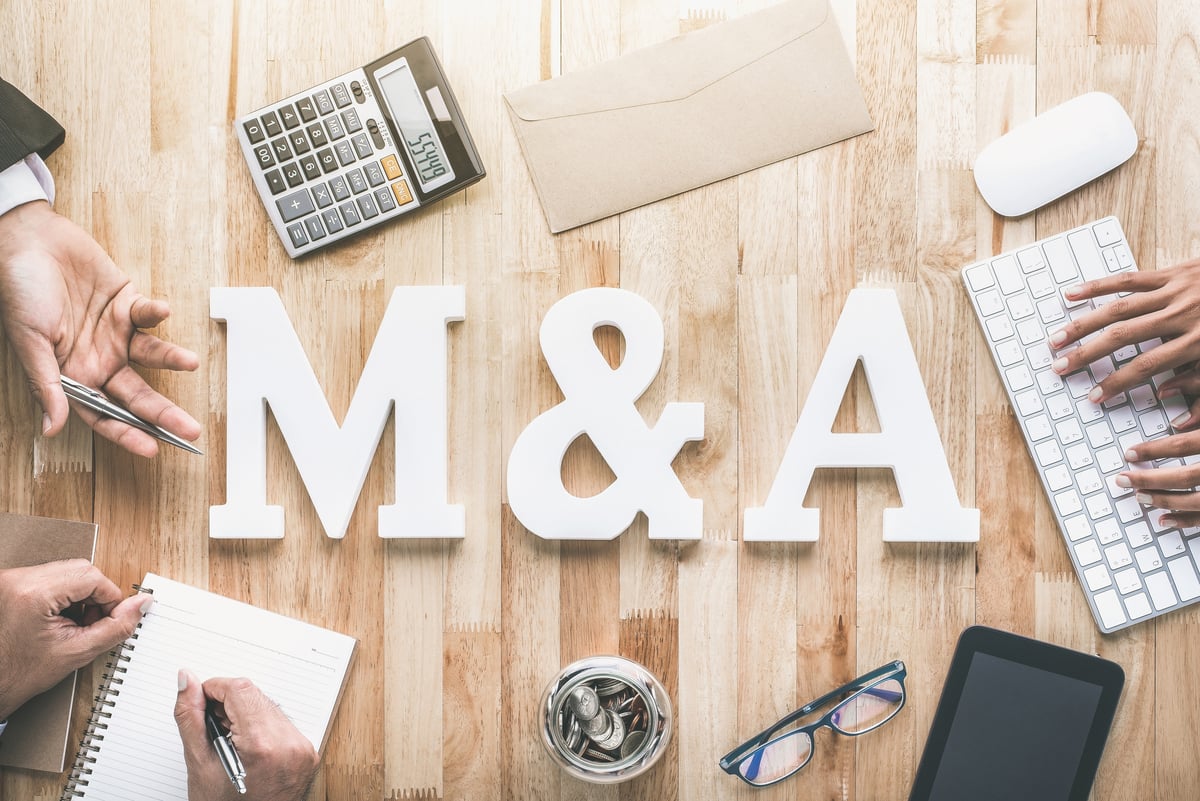2025 hasn't been kind to Kenvue (KVUE 0.47%) stock lately. Shares of the one-time Johnson & Johnson unit got hit hard after President Donald Trump said it was "not good" for women to take Tylenol (which Kenvue manufactures) during pregnancy, echoing unverified claims that the pain reliever can cause autism in children.
The good news for Kenvue is that the bad press didn't prevent the company, which also makes consumable consumer medical products such as Band-Aids, Listerine, and Zyrtec allergy medicine, from beating earnings this morning. Kenvue just reported a $0.28 adjusted profit on sales of $3.8 billion.
The better news is that Kenvue won't have to worry about earnings much longer, because Kimberly-Clark (KMB 0.85%) is going to buy it.

Image source: Getty Images.
Kenvue's really big news
Kenvue announced the merger this morning. For $48.7 billion, Kimberly-Clark (which is primarily a paper goods manufacturer, producing everything from Huggies diapers to Cottonelle toilet paper to Kleenex) will buy out Kenvue and take in-house the entire business -- Tylenol controversy included. Explaining the logic, the companies said merging will put under one roof "highly complementary and strategically aligned consumer offerings, including 10 iconic billion-dollar brands."
This news drove Kenvue stock up 17.5% through 10:10 a.m. ET today. (It also drove down Kimberly-Clark's stock price by 12%).

NYSE: KVUE
Key Data Points
Kimberly-Clark and Kenvue: Better together?
The market's quick reaction to the news means it already makes little sense to buy Kenvue stock today. After its run-up, Kenvue stock costs 21 times earnings. But sales are falling and operating profit margin is shrinking at Kenvue. If the merger falls through, I'm not sure Kenvue stock on its own would be a very good buy.
But what about buying Kenvue and Kimberly-Clark together? After the merger, these two companies will boast $32 billion in annual sales, $3.4 billion in annual profit, and if promised "synergies" materialize, potentially $2.1 billion more in saved costs.
Best-case, I calculate a P/E ratio below 8 times earnings for the combined company if all goes well. That should be cheap enough to buy.






